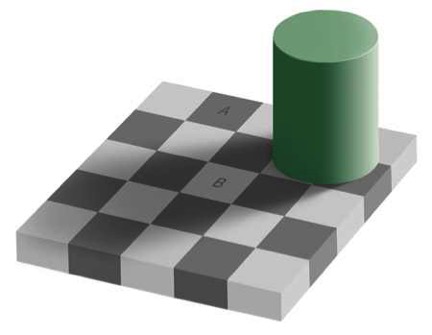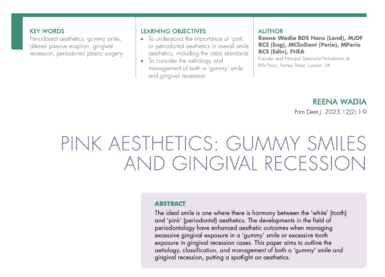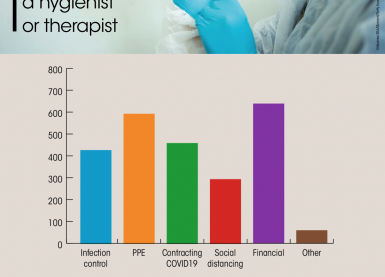Home/Articles
/ General Dental /
10 Key Points on Aesthetic Dentistry – Common mistakes and how to fix them with Mr Richard Porter
June 22, 2021

- Shade-taking is a common source of failure when aiming to produce an aesthetic restoration. Several factors can cause an incorrect perception of true colour including ambient light (intensity, quality, the working environment and eye fatigue. Always use a calibrated light device that emits 5500K as this will allow for consistent conditions leading to more accurate shade selection. Example: Dental Lite by Optident: https://optident.co.uk/product/smile-lite-complete/.
- When taking a shade the value is more important than the chroma or hue so arrange your shade guide and make your selection accordingly. Always communicate the value, hue and chroma individually to your laboratory technician.
- The shape of the tooth is more important than the shade. So if your restoration or crown doesn’t look quite right assess the shape first.
- Never use a microbrush to apply resin/dentine bonding agent to your tooth as you’ll end up putting on too much. You only need the smallest amount so a periodontal probe can be useful for this. Also remember there is a difference between pure resin which is used for enamel and dentine bonding agent which is used for dentine.
- Finishing and polishing are different procedures. Finishing your composite restorations involves providing the primary, secondary and tertiary anatomy. This can be carried out using a composite brush (not a flat plastic), silicone contours bur impregnated with diamond and a scalpel. Polishing is then completed using a goat’s hair wheel (running it sideways along the tooth) with Shiny polishing paste.
- A diagnostic wax up is a very helpful tool for both the clinician and the patient, especially for tooth wear cases. If you have a wax up, use it to create a putty index. Putty indices are useful to make both provisional and definitive restorations. For the provisional it’s a good idea to flow some Quicktemp into and apply it to the tooth to create a mock-up for the patient. This will give you a better idea about whether the patient is happy with the proposed end result before embarking on any complex treatment.
- Utilise your soft skills to ask the patient how they feel about the aesthetics of their smile. Many patients may be embarrassed to bring it up without prompting. A commonly used phrase: “Are you happy with the colour, shape and shade of all your teeth?”
- Always carry out aesthetic dentistry for the right reasons. Not for financial gain or because you can take advantage of vulnerable patients.
- Focus of value for money for the patient rather than the actual amount they will need to pay. If you provide value, patients will pay.
- Patients don’t sue dentists they like. Work hard to build a good relationship with all your patients. Remember there is always a story and a set of emotions behind those teeth.



